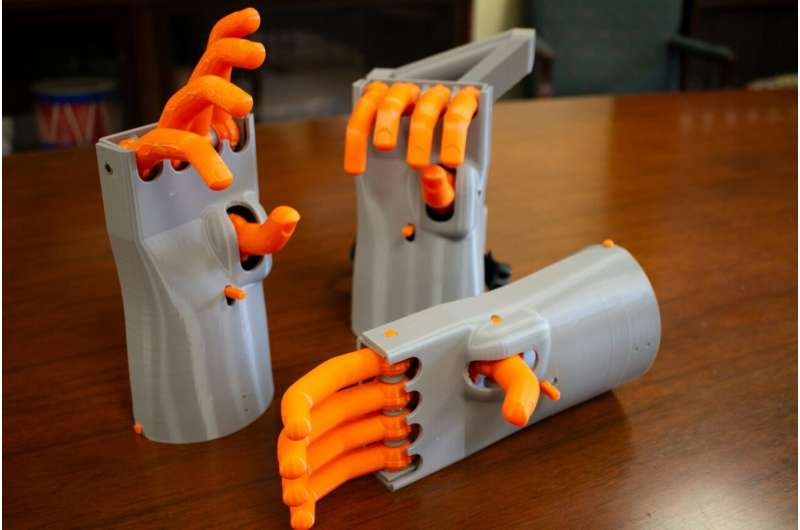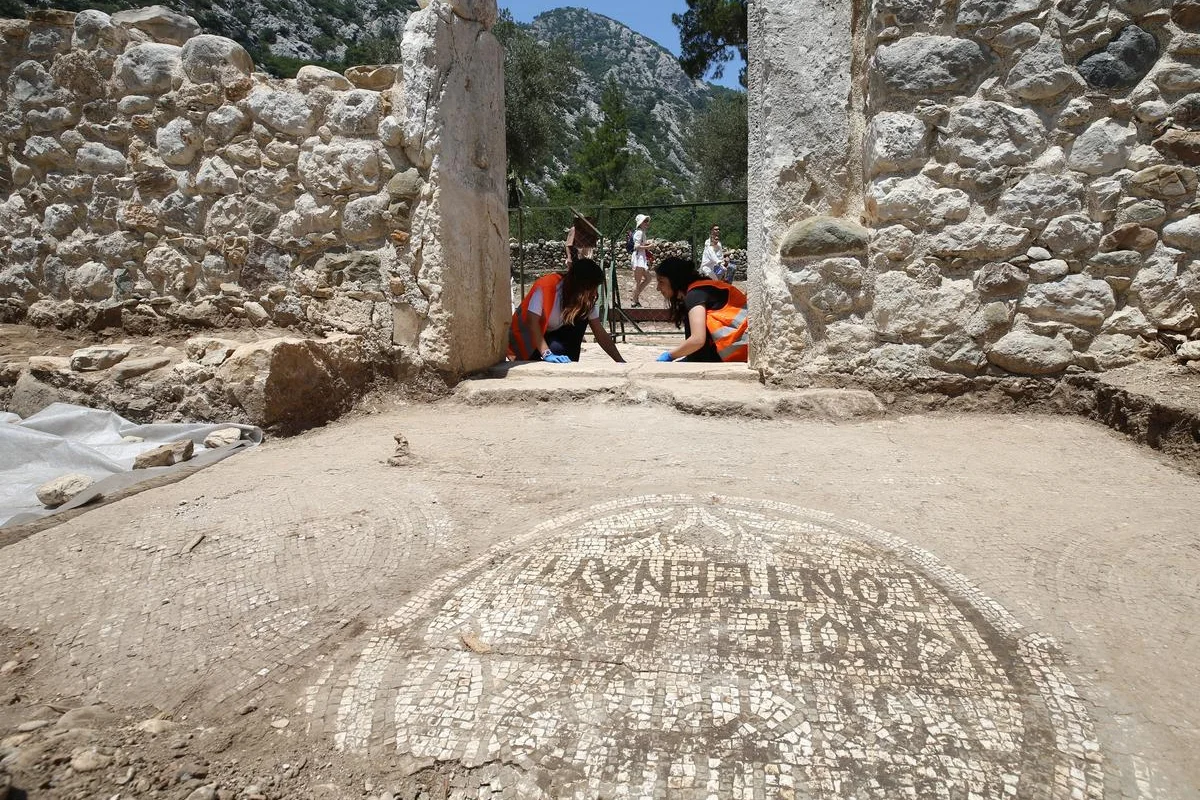A clay tablet found in Greece bears the oldest decipherable text in Europe as well as the earliest record of the Greek language.
The world of archaeology was fundamentally changed when a tiny clay tablet was unearthed from the ancient site of Iklaina, Greece. A discovery that pushed back the origins of literacy in Europe by centuries, the Iklaina's clay fragment carries extraordinary significance.
According to academics, the wording on this sign, which was once thought to be "magical or mysterious," only survived because of a fire that started in a rubbish heap around 3,500 years ago.
The discovery of this artifact on Iklaina, a small hill near the town of Pylos in southwest Greece, is considered one of the most important archaeological finds in the history of European literature and writing. Dated back to approximately 1450–1350 BC, written by a skilled Greek-speaking Mycenaean scribe, this clay tablet predates any known decipherable writing in Europe, making it a remarkable testament to the early ingenuity of human civilizations in the region.
Linear B script
Linear B was a syllabic script used for writing in Mycenaean Greek, the earliest attested form of Greek. The script predates the Greek alphabet by several centuries.
Linear B, deciphered by English architect and self-taught linguist Michael Ventris —based on the research of American classicist Alice Kober— is the only Bronze Age Aegean script to have been deciphered.
Iklaina’s site
The clay fragment was found during excavations conducted by the Greek Archaeological Society under the direction of Dr. Michalis Kosmopoulos, professor of archeology at St. Louis University in Missouri. The research team used advanced archaeological methods, such as ground-penetrating radar and residue analysis, to carefully uncover and analyze the site. These techniques allowed the archaeologists to avoid potential damage to the artifacts and maximize the information they could glean from the excavations.
According to excavation director Michalis Kosmopoulos, excavations at Iklaina have so far revealed an early Mycenaean palace with enormous terrace walls, frescoes, and a startlingly sophisticated drainage system.
Yet the biggest surprise of the multi-year program was the fragment discovered in 2011, and as Mr. Kosmopoulos noted, that tablet shouldn't have been there.
Iklaina’s palace
First, it was believed that the Mycenaean tablets were not made so long ago. The previous inscription that held the record, which was discovered in the ruins of a palace in what was once the city of Mycenae, was also one of the few significant palaces where inscriptions had previously been discovered.
Although an early Mycenaean palace was visible at the Iklaina archaeological site, by the time the plaque was made, the community had grown into a minor satellite of Pylos, the capital of King Nestor, a significant figure from the Iliad.
This is a rare instance where Greek mythology and archaeology come together.
Excavations at the site of Iklaina
The sign was preserved by the fire
Early examples of the writing system known as Linear B may be seen on the tablet fragment, which is about 1 inch (2.5 cm) high and 1.5 inches (4 cm) broad. Linear B, which was used for a very old form of Greek, included about 87 signs, each of which stood for a syllable.
Iklaina, which is in the process of restoration, would not have been on modern maps were it not for Michael Cosmopoulos' efforts.
Linear B appears to have been employed exclusively by the Mycenaeans to record economic issues that were important to the ruling class. According to the experts, the dots on the sign's face appear to create a verb that has to do with construction.
A list of names and numbers can be seen on the reverse, which may represent a property list.
The clay was not meant to last as these records often only stayed in storage for one fiscal year. These inscriptions were exceedingly delicate because they weren't cooked but rather sun-dried.
Basically, someone dumped the sign into the pit and lit his trash on fire. The sign was saved and made harder by the fire.
a piece of writing with a magical, mysterious quality, or just a sample of Mycenaean bureaucracy?
According to Thomas Palaima, an administrator at the University of Austin in Texas and an expert in Mycenaean tablets, the Iklaina tablet is a rare discovery.
The hand-made piece could provide information about how the ancient Greek kingdoms were governed in addition to its age, he continued.
For instance, archaeologists once believed that these tablets were only created and preserved in the major cities, or "palatial centers," like Pylos and Mycenae.
The Iklaina tablet, which was discovered in the ruins of a low-class settlement, may show that bureaucracy and education were less centralized than previously believed in the late Mycenaean period.
The discovery of Iklaina's clay fragment also impacts our understanding of Mycenaean state formation. Previously, it was believed that the Mycenaean palatial system, characterized by a complex administrative bureaucracy, developed around 1400 BC. However, the tablet, dated to an earlier period, suggests that the development of this sophisticated system happened earlier than previously thought, challenging existing theories and providing new avenues for exploration in Mycenaean studies.
The ability to read and write during the Mycenaean period, according to Palaima, was extremely rare and was generally regarded as being supernatural or mysterious.
Once the ancient Greek alphabet outgrew Linear B and eventually developed into the 26 letters, it took anywhere between 400 and 600 years for the written word to become understood in Greece.
The Iklaina clay fragment signifies more than just an ancient piece of record-keeping. It is a testament to the evolution of human communication and a witness to the birth of literacy in Europe. This humble artifact underscores the fact that even the smallest piece of our past can have profound implications for our understanding of human history.
It might just be a small clay fragment, but the Iklaina tablet has opened a significant window into a world that existed nearly 3500 years ago. As we continue to decode its secrets, we can hope to further enrich our understanding of early European civilizations and the complexities of their systems of governance and communication. Thus, the Iklaina's clay fragment stands as a beacon of our early literacy, lighting the way to a deeper comprehension of our shared past.













